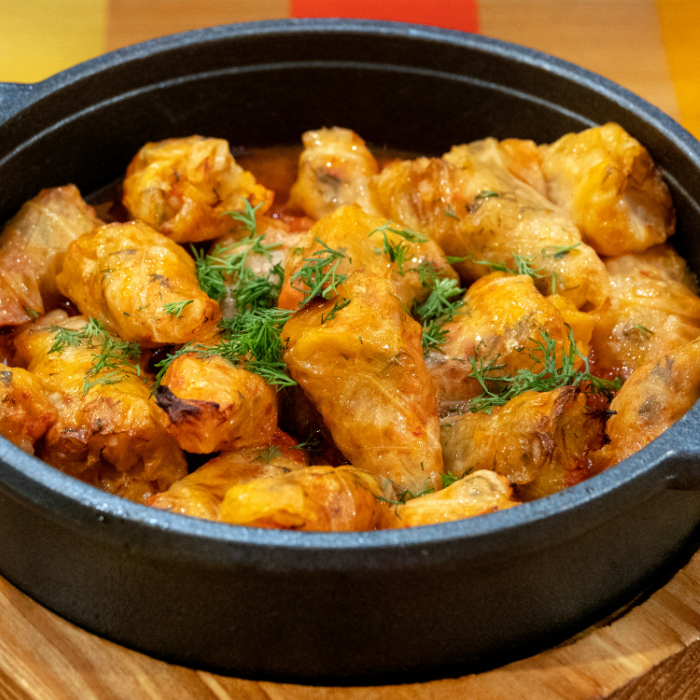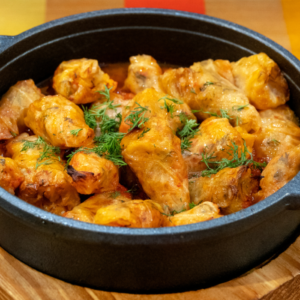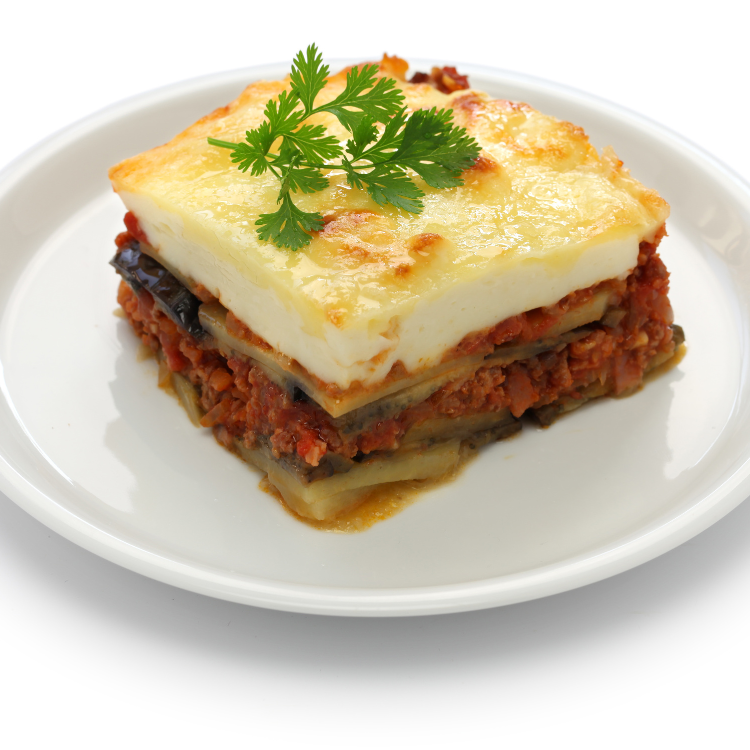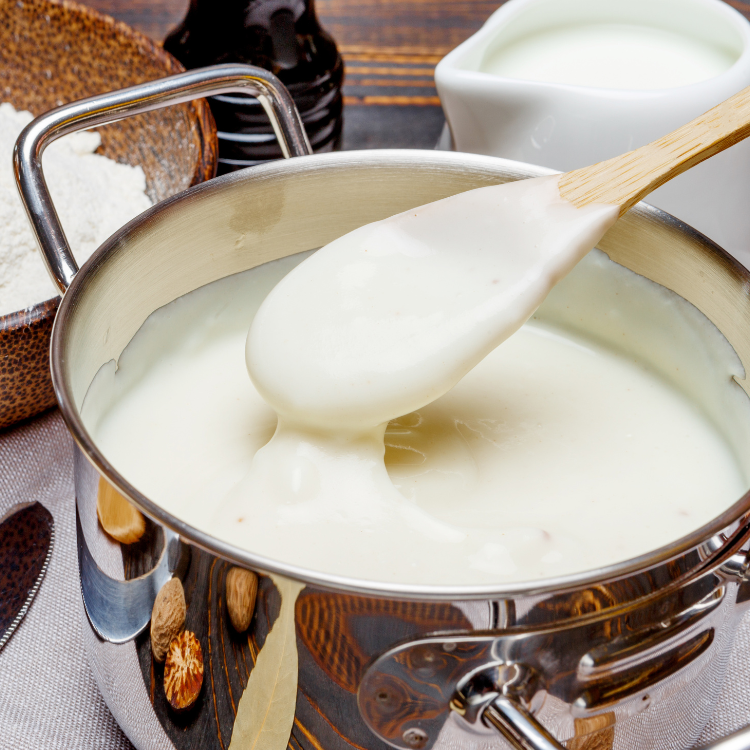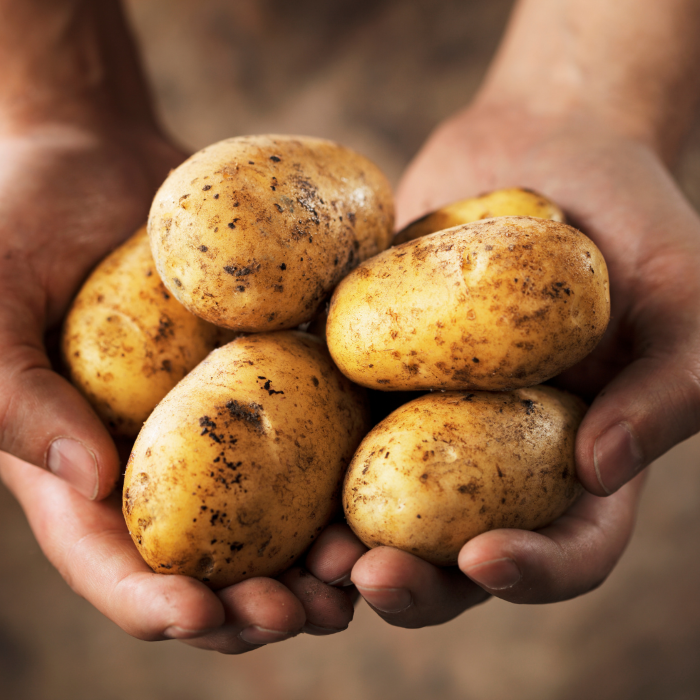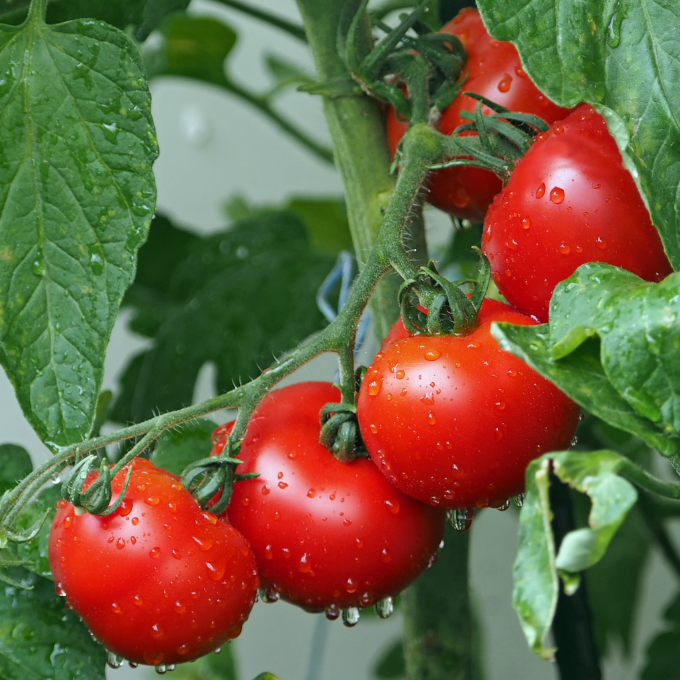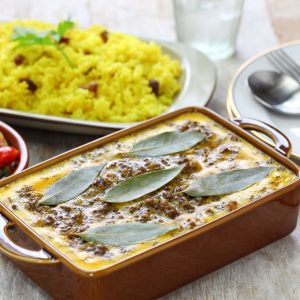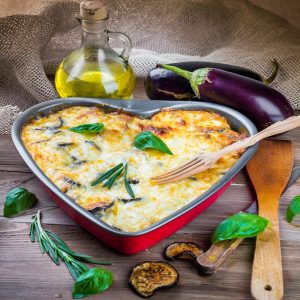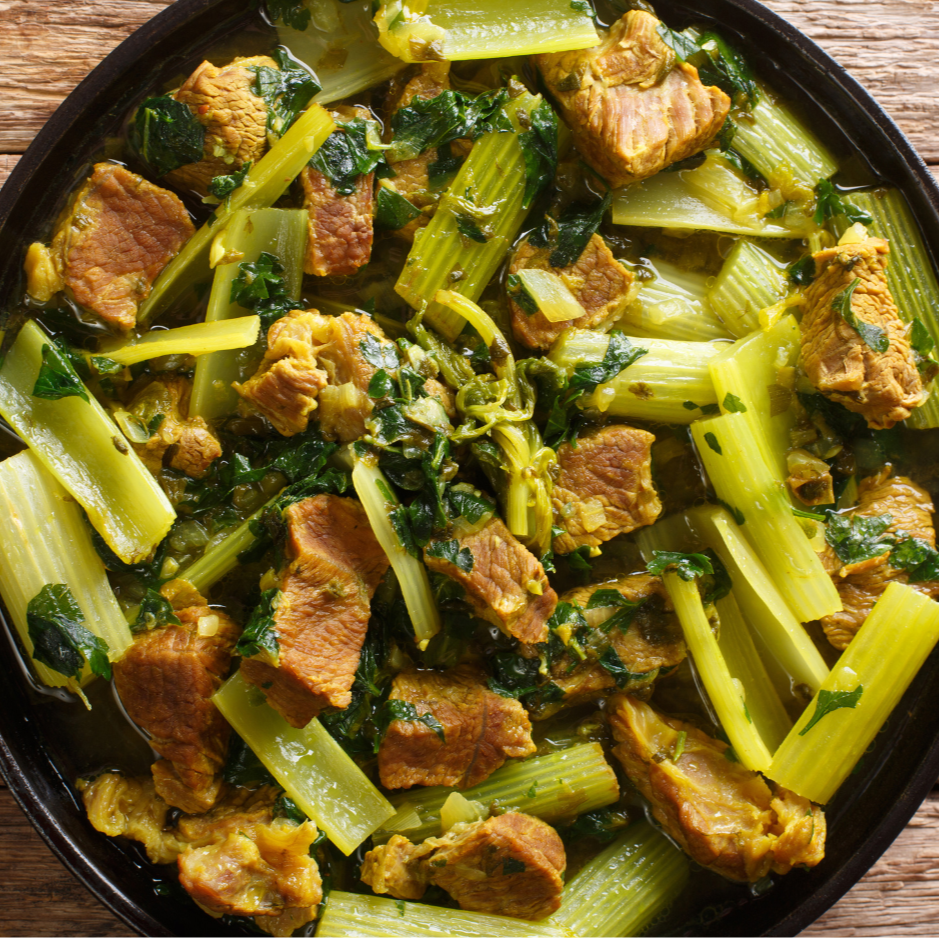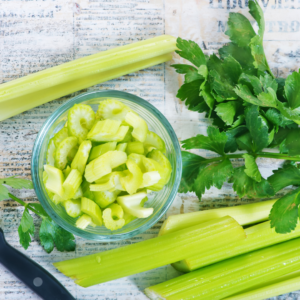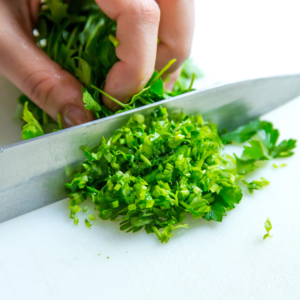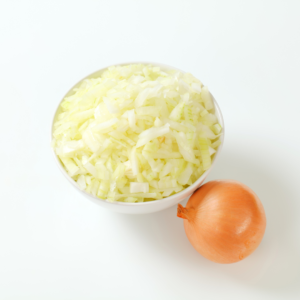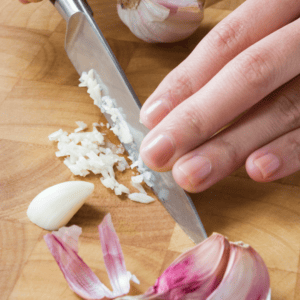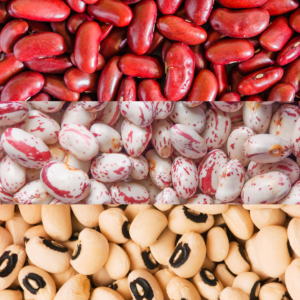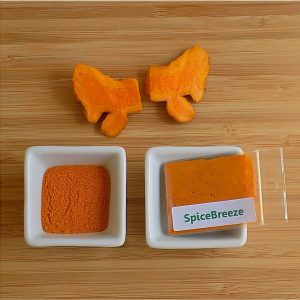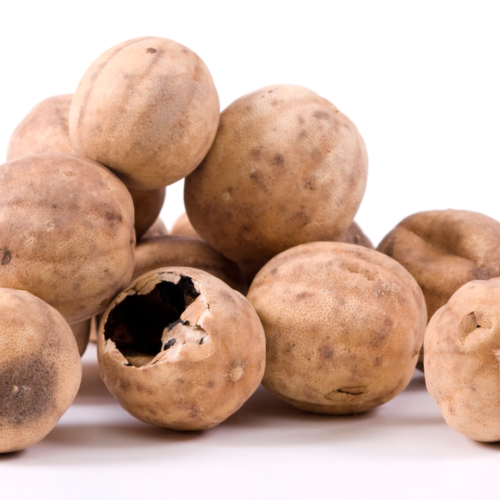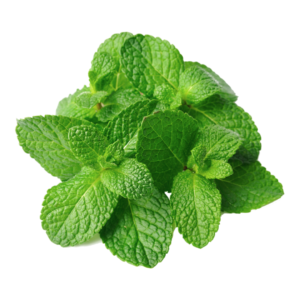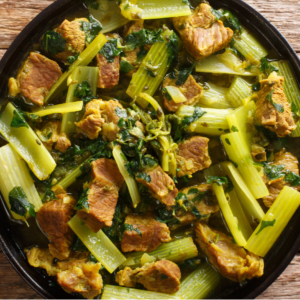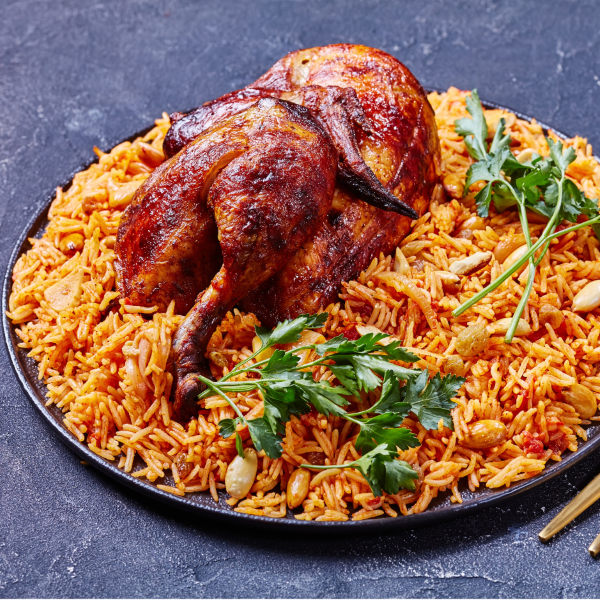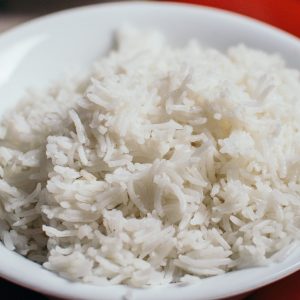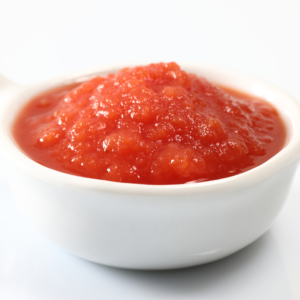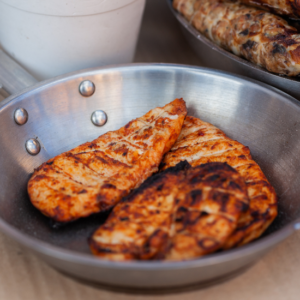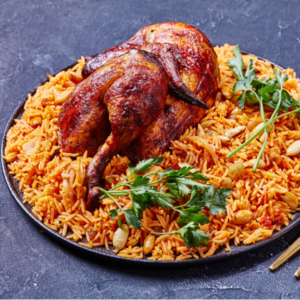Armenian Lentil Borek
SpiceBreezeArmenian Lentil Borek is a delightful twist on a traditional favorite, swapping the classic cheese filling for a savory, spiced lentil mixture. Encased in flaky phyllo dough, these pastries are crispy on the outside and satisfyingly hearty on the inside. Perfect as an appetizer, snack, or light meal, lentil borek offers a unique blend of spices and textures that showcase the rich flavors of Armenian cuisine. Whether you’re new to borek or a seasoned fan, this vegetarian-friendly version is sure to become a favorite!
hands-on time 30 minutes mins
Course Main Course
Cuisine Armenian
Servings 3
Ingredients
Fresh Produce
- 1 medium onion finely chopped
- 1/4 cup fresh parsley chopped
Packaged Goods/Staples
- 1 package phyllo dough thawed
- 1 cup green or brown lentils rinsed
- melted butter or olive oil
- salt & pepper
Culinary Spice Kit
- 1 pouch bell pepper, garlic, coriander, cumin, paprika, mint
Suggested Toppings & Sides
- nigella or sesame seeds
- lemon-yogurt dip optionally with lots of garlic
- fresh salad suggested: Tabbuleh
Instructions
Cook the Lentils
- In a POT, add the lentils with enough water to cover them by a few inches.
- Bring to a boil, then reduce heat and simmer for 20 to 25 minutes, or until lentils are tender.
- Drain and set aside.
Prepare the Filling
- In a PAN, heat a 2 tbsp oil or butter over medium heat.
- Add the chopped onion and sauté until soft and translucent, about 5 minutes.
- Add the Borek spices. Stir and cook for another 1 to 2 minutes.
- Add the cooked lentils and stir well to combine. Taste and adjust salt & pepper as desired.
- Remove from heat and let cool slightly, then stir in the chopped parsley.
Assemble the Borek
- Cut the phyllo dough in squares or rectangles of 4 to 6 inches per side.
- Option 1 "Triangles": Spoon 1 tbsp of the filling in the center of a square, then fold one edge over to form a triangle until fully wrapped.
- Option 2 "Cigars": Spoon a line of the filling along one edge, then roll up tightly into a log shap.
- Press the sides to close.
Bake the Borek
- Preheat the oven to 350°F (180°C).
- Place the Borek on a baking sheet lined with parchment paper and brush the tops with melted butter or oil.
- Optionally, sprinkle with sesame or nigella seeds.
- Bake for 20 to 25 minutes, or until golden and crispy.
Serve
- Serve Borek with your preferred sides.
- Enjoy!


